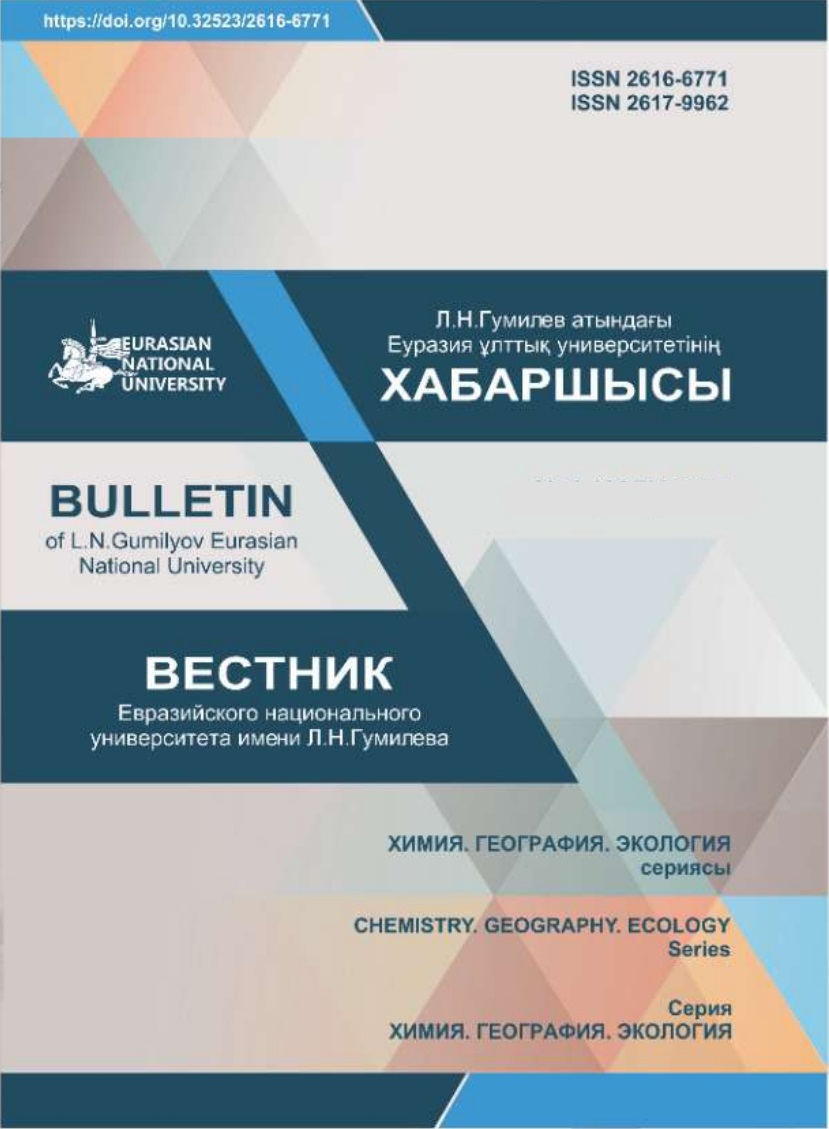Wastewater treatment systems based on plant-microbial fuel cells
Views: 336 / PDF downloads: 146
DOI:
https://doi.org/10.32523/2616-6771-2023-144-3-24-41Keywords:
wetlands, plant-microbial fuel cells, purification, wastewater, electricity generation, microorganisms, electrode.Abstract
The article presents data on the current state of using combined engineered wetlands and microbial fuel cells and on the factors that provide wastewater treatment and power generation. Wastewater treatment is one of the energy-intensive industries, with most of this energy being used to supply oxygen from the atmosphere to biological reactors to oxidize effluent organic matter. Both classical and new water purification methods, including biological post-treatment, are used to increase the degree of purification and reduce energy losses. The simplest and most effective way is soil cleaning using the technology of irrigation and filtration fields, as well as wetlands.
Data are presented on plant-microbial fuel cells that perform wastewater treatment and are a way to generate electricity through microbiological oxidation of organic substances with oxygen. Fuel cells based on "Constructed Wetlands" sedimentary type, which received widespread use in recent years. Even though "Wetlands" have been widely used for wastewater treatment since the 70s of the last century, the modern use of Constructed Wetlands is an imitation of a swamp with aquatic plants, soil, and associated microorganisms due to the possibility of generating electricity in such systems.
Presented results of experimental plant-microbial fuel cells from plants (PMFCs) of various natures. As a result of the conducted studies of experimental systems with PMFCs, stainless steel, and graphite electrodes were selected, developing the highest potential, the optimal distance between the electrodes in the plant was determined, which was 10 cm and was established, that of plants more effective were plants of pistia, then rice and eihornia, which have a well-developed root system, the smallest indicators of the current generation were in the reed
Downloads
Downloads
Published
Issue
Section
License
Copyright (c) 2023 . Жатканбаев, К. Куртибай; Ж. Жатканбаева; A. Каюбалиева, A. Усенова, A. Каппасулы, Ш. Турарбек, Д. Сембаева, Е. Молдагулова

This work is licensed under a Creative Commons Attribution-NonCommercial 4.0 International License.

